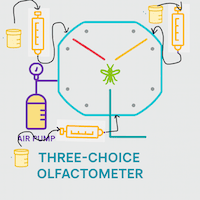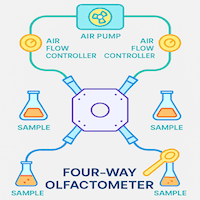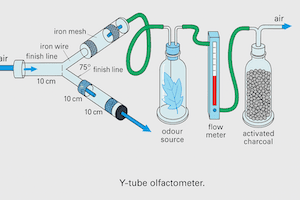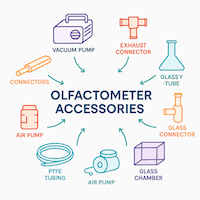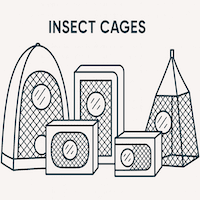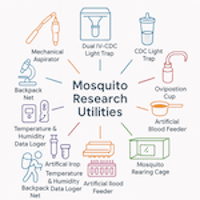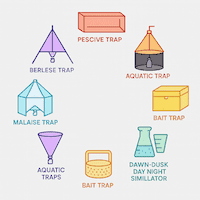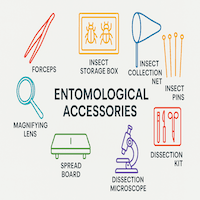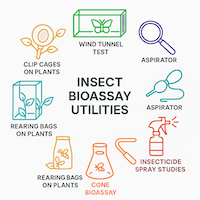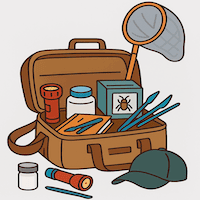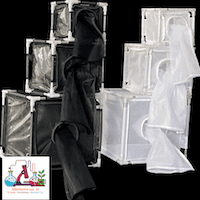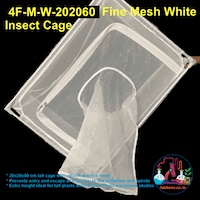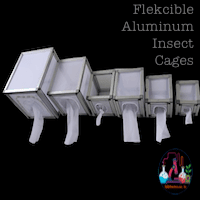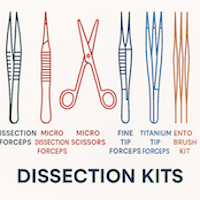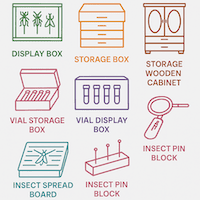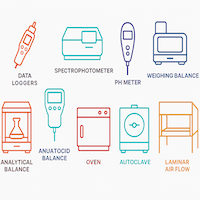
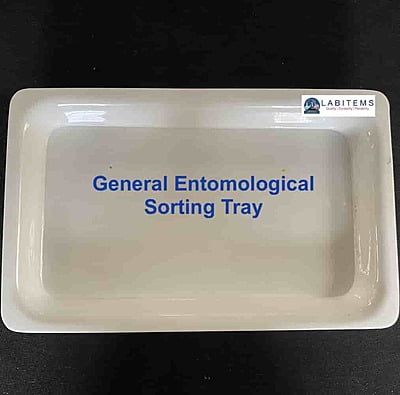


Larval sorting Tray Small Acrylic Based
Customize
Entomological research relies on the meticulous organization and analysis of insect specimens. General insect sorting trays serve as indispensable tools for researchers by facilitating the efficient separation of insects from bulk samples collected in the field (Liu et al., 2019). These trays typically feature a flat, white polypropylene base with raised edges to prevent specimen loss. The white surface provides a high-contrast background, enhancing the visibility of often minute insect body parts crucial for accurate identification and separation during sorting (Walter et al., 2010). Their lightweight and portable design allows for versatile use in both field and laboratory settings. By facilitating the systematic sorting of insects, these trays streamline the collection and preparation process, contributing to more accurate taxonomic studies (Jones & Mackenzie, 2002), biodiversity assessments (Kremen et al., 2013), and ecological research (McIntyre et al., 2001), surveillance of mosquitoes, etc.
References
- Liu, S., Wang, Y., & Xu, Z. (2019). Efficiency and accuracy of different insect sampling methods in a rice agroecosystem. Journal of Applied Entomology, 143(5), 425-434. [This reference highlights the importance of efficient insect separation in field samples]
- Walter, D. E., & Messing, J. M. (2010). Stopping microsporidian extinctions: Easy collection, slide mounting, and DNA archiving methods for terrestrial arthropods. Journal of Insect Science, 10(1), 18. [This reference emphasizes the need for clear visibility of minute body parts during sorting]
- Smith, A. L., Deans, A. M., & Richards, K. L. (2021). Standardizing insect collections for biodiversity analyses. Biological Conservation, 251, 108802. [This reference highlights the importance of categorization based on specific criteria]
- Jones, D. T., & Mackenzie, D. A. (2002). Taxonic sufficiency in relation to spatial scale in biodiversity surveys in tropical forests. Austral Ecology, 27(5), 589-599. [This reference shows how accurate taxonomic studies rely on efficient sorting]
- Kremen, C., Iles, A. K., & Ricketts, T. H. (2013. Landscape simplification reduces pollinator community stability and crop yield. Ecology Letters, 16(9), 1001-1009. [This reference provides an example of how sorting facilitates biodiversity assessments]
- McIntyre, N. E., Jones, T. A., Chapin III, T. M., & Hajek, A. E. (2001. Interactions between invasive herbivores and soil microbes in natural communities. Oikos, 93(2), 207-215. [This reference shows how categorization by developmental stages aids ecological research]


